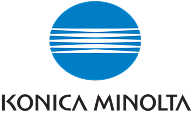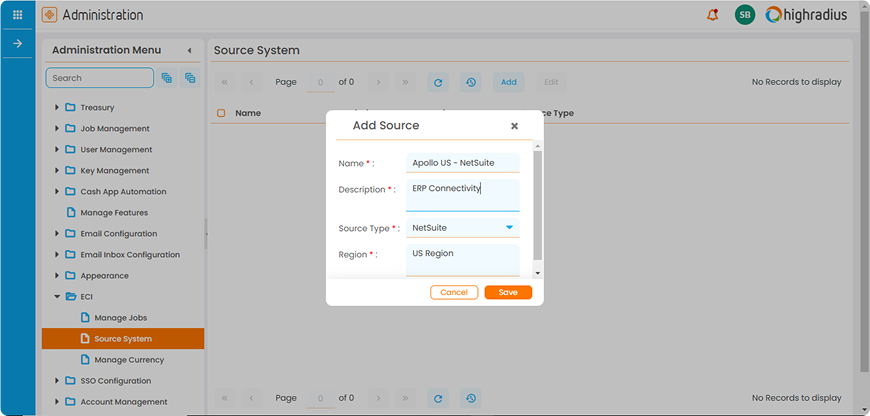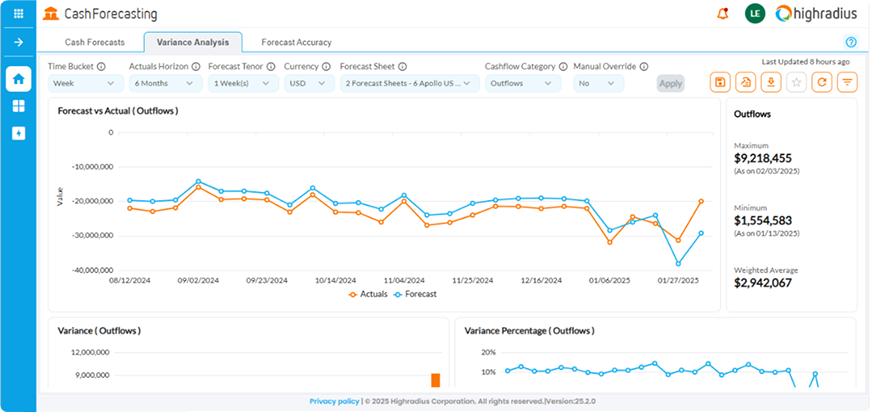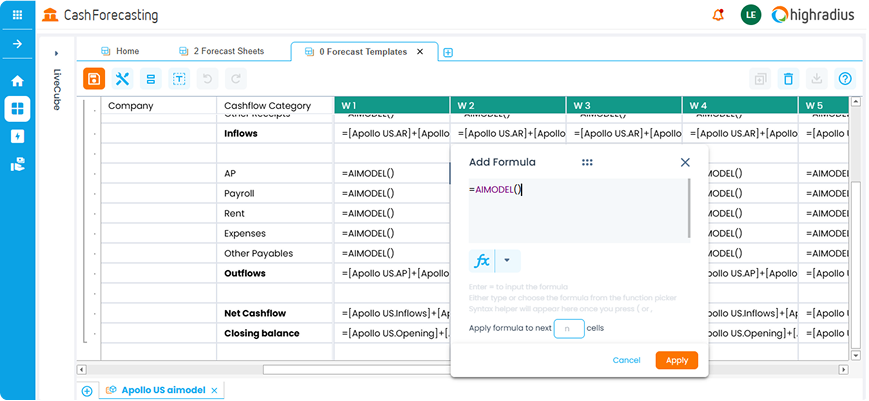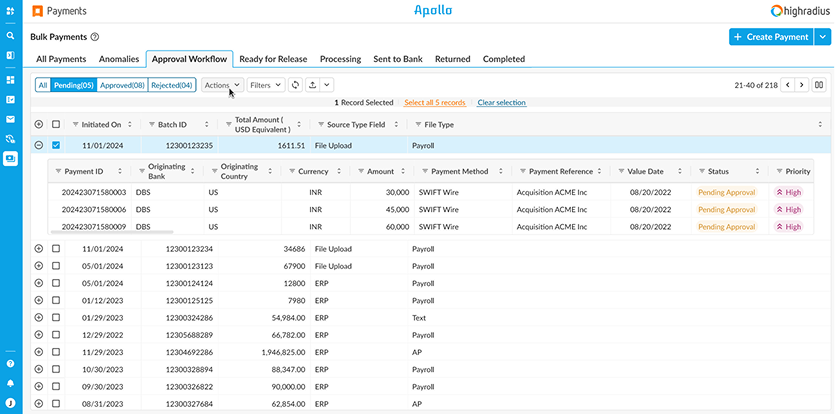Automated Accounts Payable Forecasting
One-size-fits-all AP forecasting drains working capital.
AI adapts by vendor and timing to forecast smarter and protect your liquidity.
- 95%+ Forecast Accuracy
- 70% boost in forecast productivity
- Predict vendor-level payments using historical trends
Trusted By 1100+ Finance Teams Globally

See how AI can build
95% accurate cash forecast
Just complete the form below
